Cuando comenzamos el mundo del arte nos encontramos con muchas maneras de enseñar y aprender, cada estilo, cada dirección, cada variedad de opciones que existen, porque el arte es práctico, abstracto, pero también tiene ciertos lineamientos que ni el más talentoso se salta, cuando investigamos sobre las técnicas artísticas, aprendemos que son el conjunto de procedimientos y métodos con los que se va construyendo una obra, bien sabemos que no todas la habilidades artísticas son iguales, pero hay quienes sienten una gran pasión por el dibujo, y por dicha razón, ya que es una pasión que ambas admin de este blog comparten, hemos preparado un nuevo contenido para todos los amantes de este, un arte que bien desarrollado puede convertirse en un gran fuerte.
Para esta ocasión hemos preparado unas clases cortas y sencillas que todos puedan manejar para que obtengan conocimientos básicos sobre el ✏️dibujo, sabemos que las técnicas de este ámbito pueden ser tanto modernas como tradicionales, pero nosotras nos vamos a estar inclinando hacia los aspectos básicos que todo dibujante debería saber, todo el material con un estilo que se adapte a cada lector y seguidor de nuestro contenido.
Esperamos se unan a este nuevo reto que estaremos trayendo con mucho empeño y amor para los integrantes de la colmena, 📝 en esta ocasión comenzaremos con algo común y un tema interesante:
La proporción del dibujo 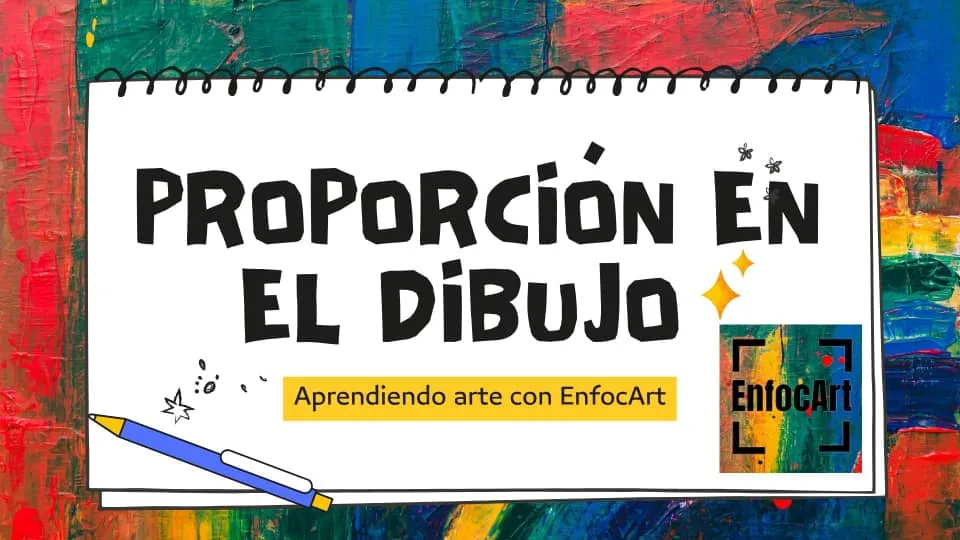

Existe una habilidad que predomina al ver, pensar, aprender y resolver problemas, esto lo desarrollamos desde pequeños y es la facultad de percibir las relaciones de manera correcta, tanto entre una parte con otra, entre ambos y el todo. En el dibujo este tipo de relaciones se les asigna un nombre: proporción.
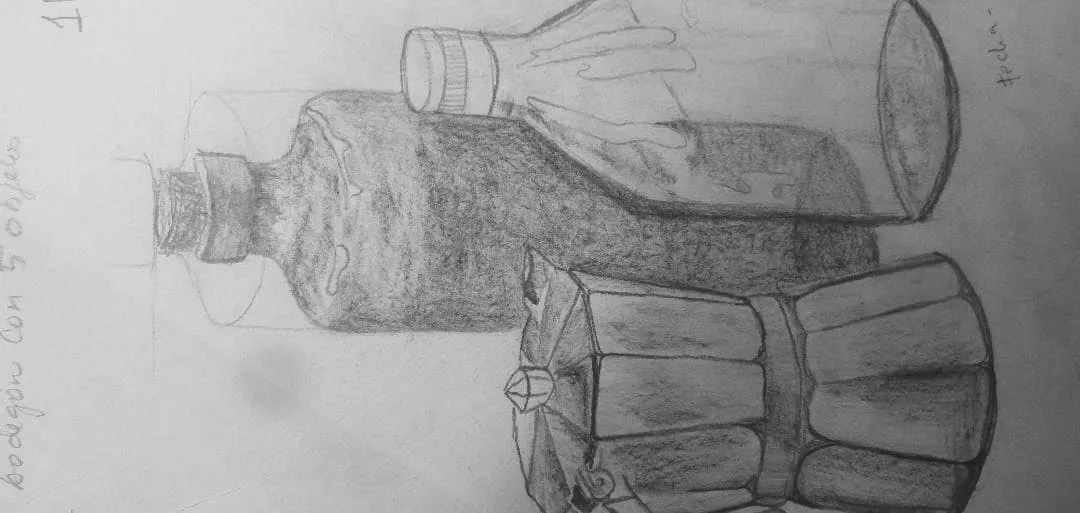
La percepción de las proporciones tanto relativas como las especiales es una función u habilidad destacable del hemisferio derecho del cerebro humano, algo que la gente no suele saber e ignorar con los afanes de las vida.
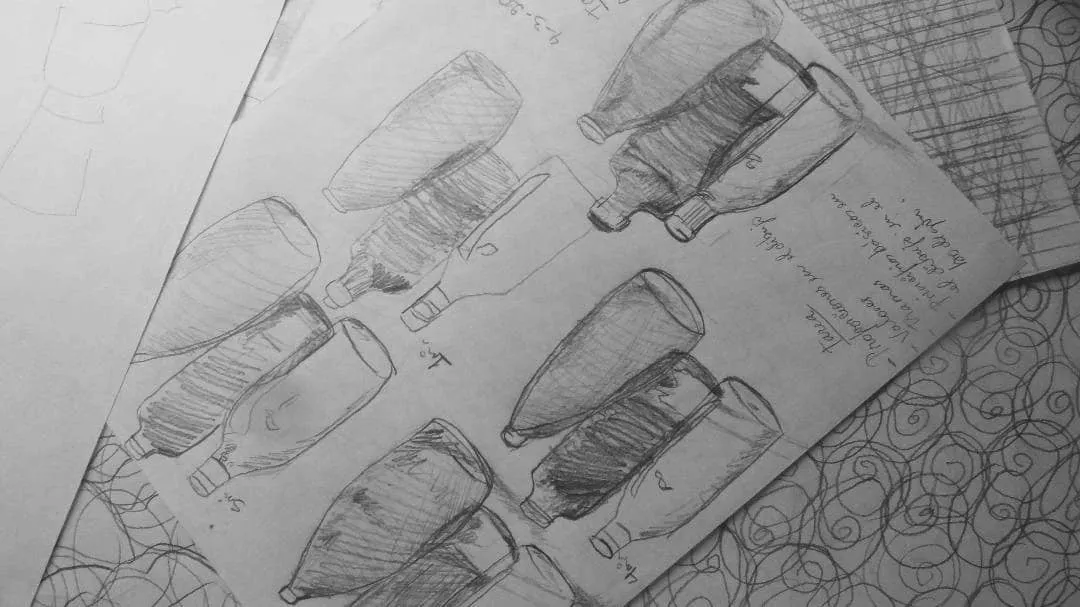
Existen individuos que trabajan mejor dichas relaciones porque estimulan la zona gracias a los tipos de labores que realizan, ejemplos de ellos son: los carpinteros, los dentistas, cirujanos, sastres, entre otros; todos ellos desarrollan con gran facilidad la habilidad de percibir la proporción, el tamaño.
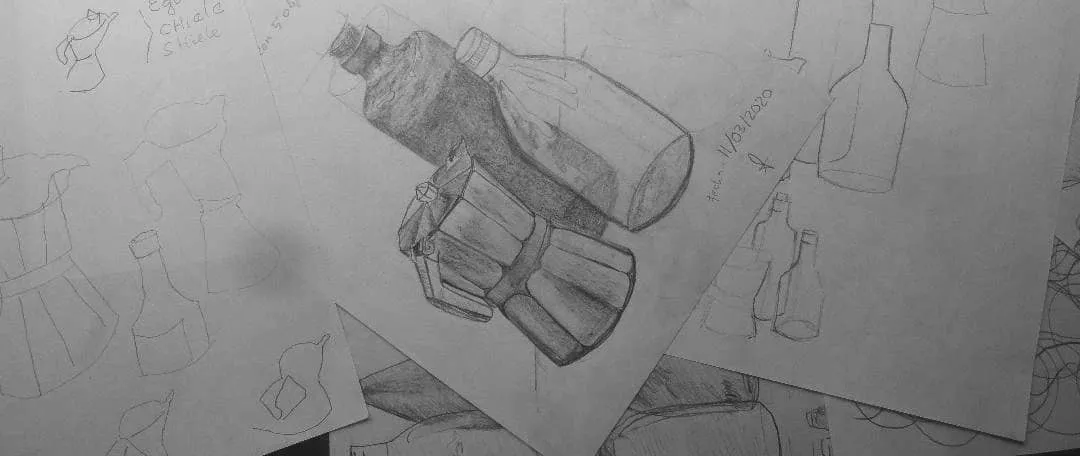
Una de las cosas más interesantes para los pensadores creativos en todos los campos, es que encuentran de gran provecho el poder ver a la vez los árboles y el bosque, ¿qué quiere decir ello? Que se ve lo que se cree.

Ya que la mayoría de las personas tienden a ver las partes de una forma jerárquica, es una de las razones por las que los estudiantes tienden a tener problemas con la relación y el completar las cosas; cuando hablamos de partes importantes nos referimos a "lo que contiene mucha información", lo que ocasiona que parezcan más grande de lo que son. Esto mismo sucede con las partes que se deciden a ser mayores o que se piensa debería ser mayor, en cambio, al contrario las partes que no consideramos importantes, o que tomamos la decisión de que sean pequeñas o que deberían ser más pequeñas, se les ve con menos proporción de lo que realmente tienen.
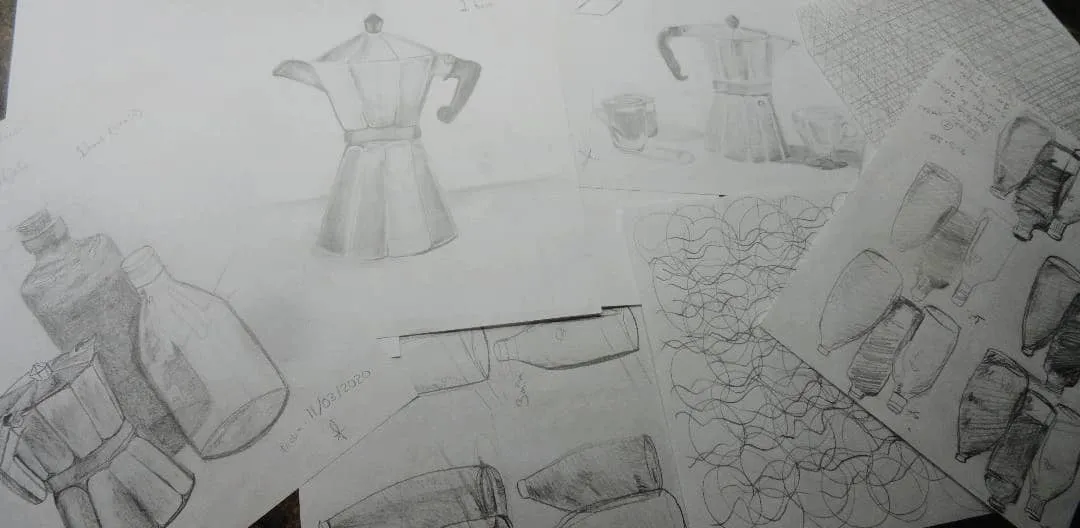
Según el diccionario la proporción es: la relación de correspondencia entre las partes y el todo o entre varias cosas relacionadas entre sí, en cuanto al tamaño, cantidad, dureza, entre otras. Importancia, extensión o intensidad que tiene algo.
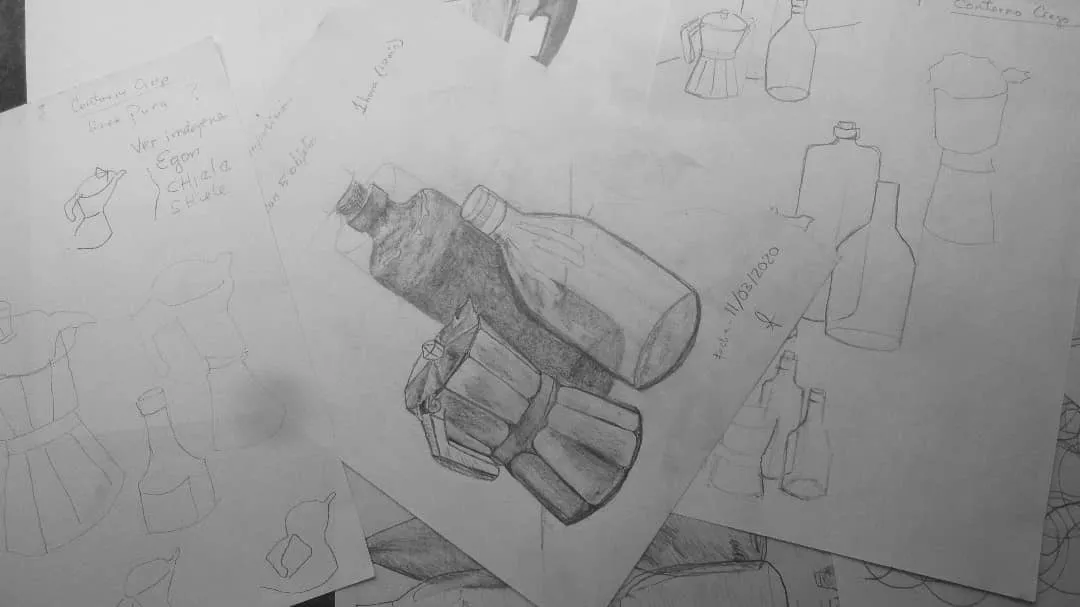
Entonces, entendamos que la proporción es la relación de tamaño o cantidad que existe entre las partes de algo dentro de un todo, o entre las partes de algo dentro de un todo, o entre los elementos de un conjunto, puede parecer complicado, pero es totalmente sencillo. En el momento en que alguna relación es equilibrada se dice que está proporcionado, en el caso contrario sería: desproporcionado. Debemos tener en cuenta que lo sabremos cuando el tamaño o cantidad de alguno de los elementos descompensa el equilibrio conjunto.
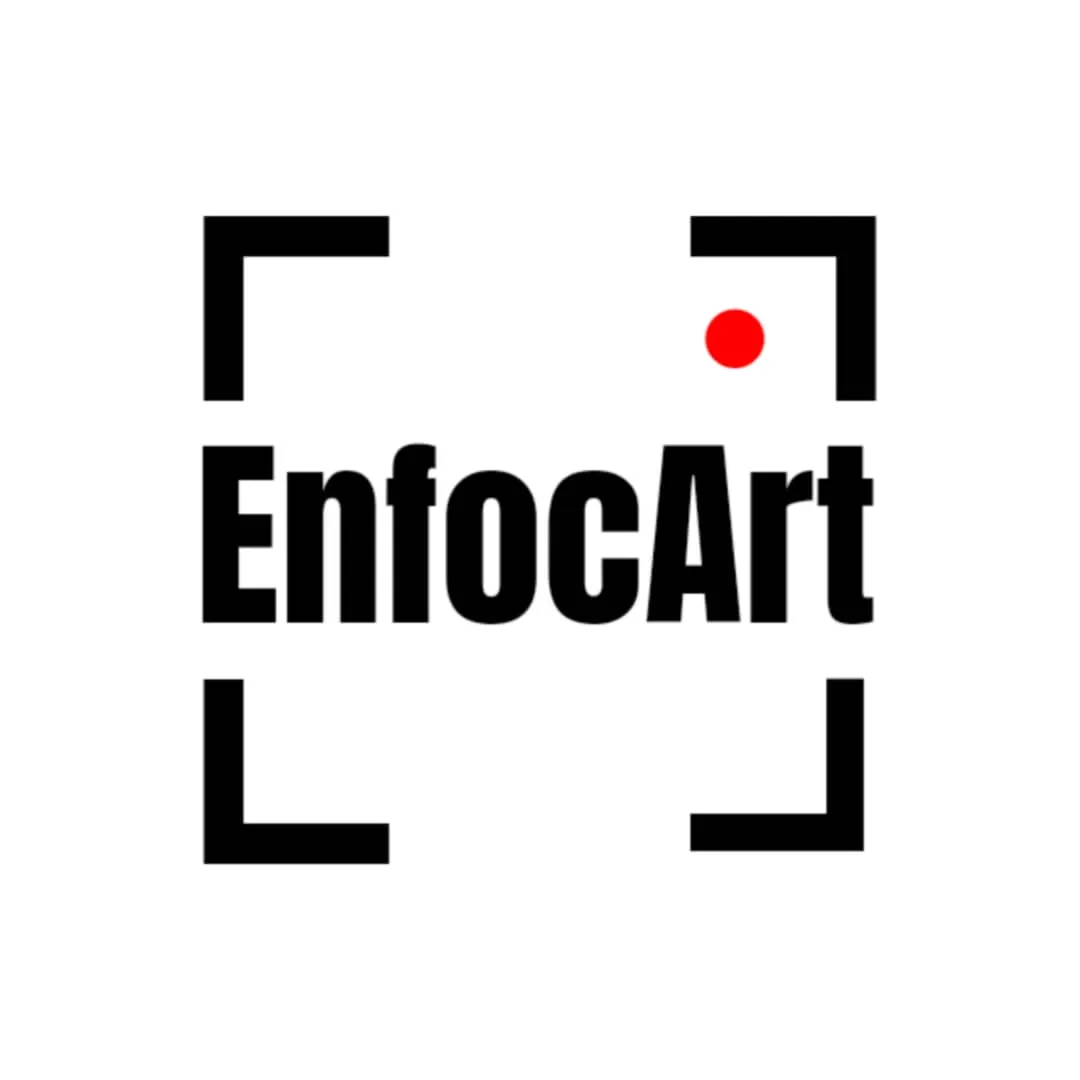
En las siguientes publicaciones deseamos ahondar más en temas relacionados al aprendizaje artístico, esperamos que ésta información les sea enriquecedora...

Todo lo que se muestra en éste artículo es de nuestra propiedad, conocimientos adquridos miestras se estudiaba arte y fotografías de nuestra propiedad, edición hecha en canvas.
When we begin the world of art we find many ways to teach and learn, each style, each direction, each variety of options that exist, because art is practical, abstract, but also has certain guidelines that even the most talented skips, when we investigate the artistic techniques, we learn that they are the set of procedures and methods with which a work is being built, We know that not all artistic skills are equal, but there are those who feel a great passion for drawing, and for that reason, since it is a passion that both admin of this blog share, we have prepared a new content for all lovers of this, an art that well developed can become a great strength.
For this occasion we have prepared some short and simple classes that everyone can handle to get basic knowledge about ✏️drawing, we know that the techniques in this field can be both modern and traditional, but we are going to be leaning towards the basics that every drawer should know, all the material with a style that suits every reader and follower of our content.
We hope you join this new challenge that we will be bringing with much effort and love for the members of the hive, 📝 this time we will start with something common and an interesting topic:
The proportion of the drawing 

There is an ability that predominates when seeing, thinking, learning and solving problems, this we develop from a young age and it is the faculty to perceive the relationships in a correct way, both between one part with another, between both and the whole. In drawing this type of relationships are assigned a name: proportion.

The perception of both relative and special proportions is a remarkable function or ability of the right hemisphere of the human brain, something that people often do not know and ignore with the cares of life.

There are individuals who work better such relationships because they stimulate the area thanks to the types of work they do, examples of them are: carpenters, dentists, surgeons, tailors, among others; all of them develop with great ease the ability to perceive the proportion, the size.

One of the most interesting things for creative thinkers in all fields, is that they find it of great benefit to be able to see both the trees and the forest, what does that mean? That you see what you believe.

Since most people tend to see parts in a hierarchical way, it is one of the reasons why students tend to have problems with relating and completing things; when we talk about important parts we mean "that which contains a lot of information", which causes them to appear larger than they are. The same happens with the parts that we decide to be bigger or that we think should be bigger, on the contrary, the parts that we do not consider important, or that we decide to be small or that should be smaller, are seen with less proportion than what they really have.

According to the dictionary, the proportion is: the relationship of correspondence between the parts and the whole or between several things related to each other, in terms of size, quantity, hardness, among others. Importance, extension or intensity that something has.
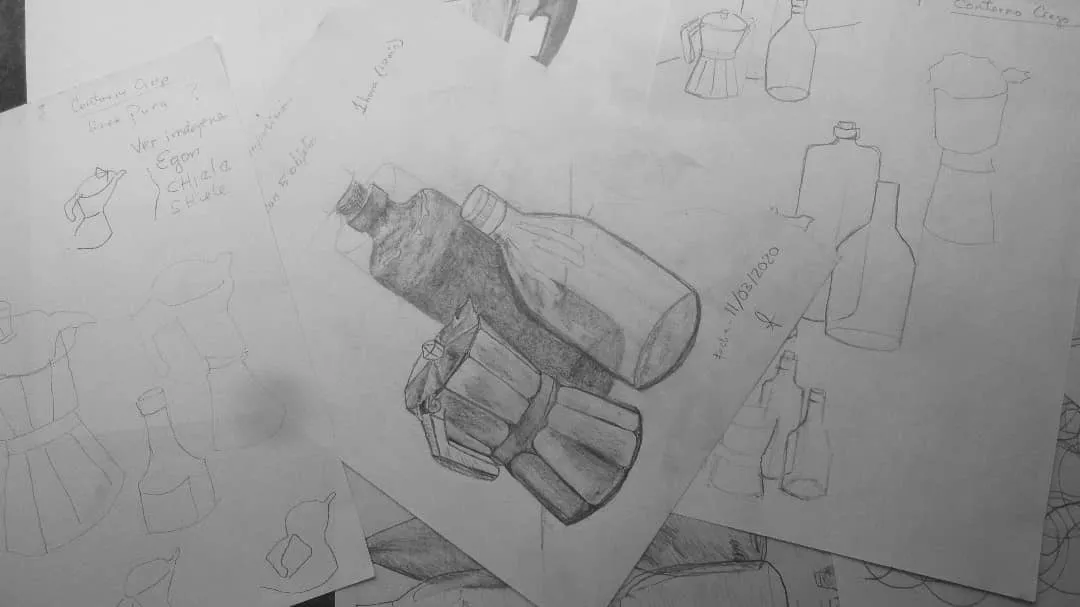
So, let us understand that the proportion is the relationship of size or quantity that exists between the parts of something within a whole, or between the parts of something within a whole, or between the elements of a set, it may seem complicated, but it is totally simple. At the moment in which some relation is balanced, it is said that it is proportionate, otherwise it would be: disproportionate. We must bear in mind that we will know when the size or quantity of any of the elements unbalances the overall balance.

In the following publications we wish to delve more into topics related to artistic learning, we hope that this information will be enriching...

Everything that is shown in this article is our property, knowledge acquired while studying art and photographs of our property, edition made on canvas.